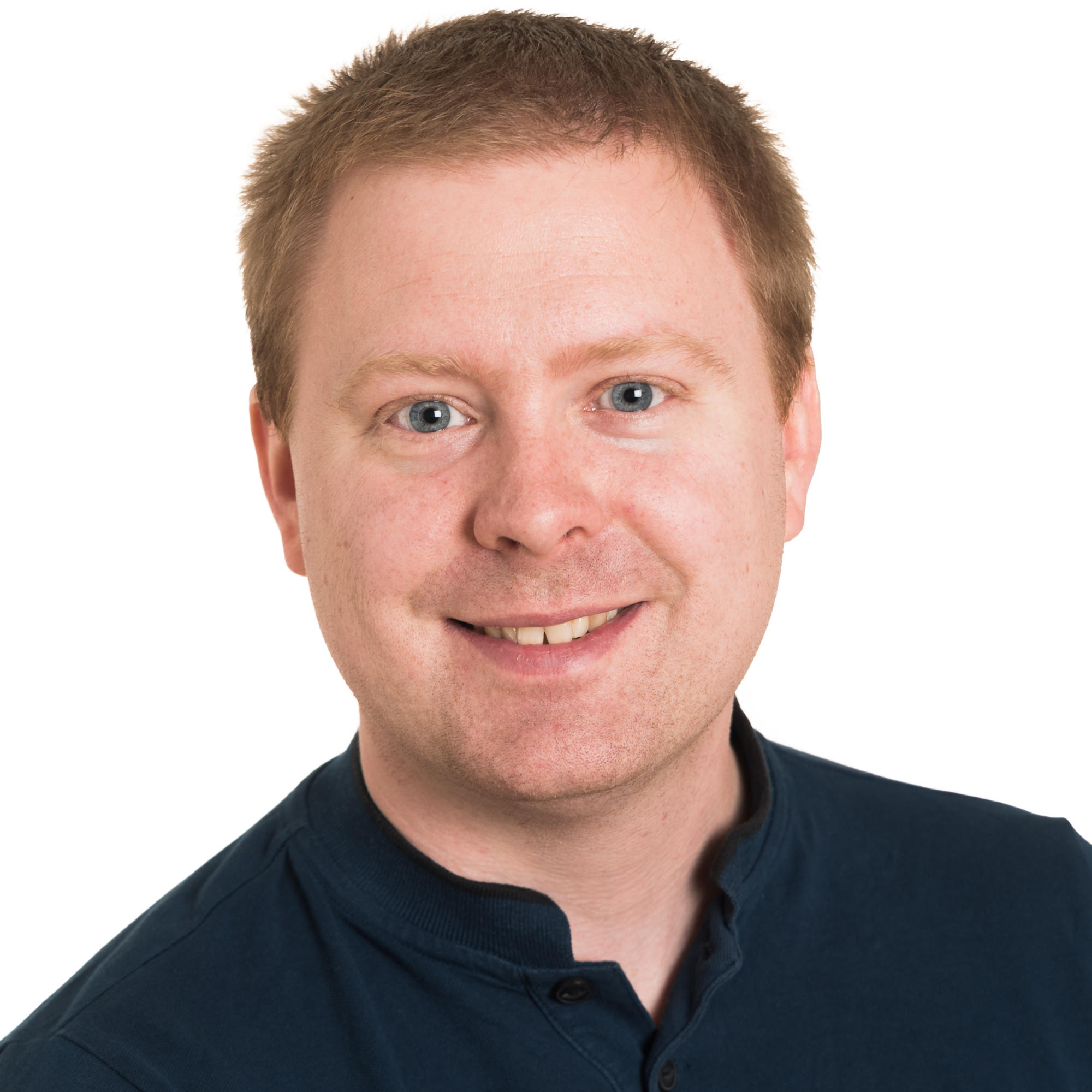Webinar March 2020 Cell-Free Architectures with Radio Stripes
 IEEE Future Networks Webinar:
IEEE Future Networks Webinar:
Beyond the Cellular Paradigm: Cell-Free Architectures with Radio Stripes
Tuesday, 10 March 2020 | 11:00am EDT (New York, GMT-04:00)
Presenter
Emil Björnson, Linköping University, Sweden
Emil's Blog: Massive MIMO - News, Commentary, Mythbusting
If your question was not answered during the webinar, please reach out to Emil through his blog.
About the Webinar
The fifth generation of cellular network technology is now a reality and promises higher peak rates and better service quality than previous generations. However, these gains are not achievable everywhere. The cellular architecture is characterized by a sparse deployment of high-power access points, which are surrounded by users being at different distances. Some are close and get good service, and some are far away and get bad service. Despite all the improvements that has been made from 1G to 5G, this fundamental weakness has remained. But there is a potential solution: replacing the conventional cellular architecture with a cell-free architecture, characterized by a dense deployment of low-power access points that jointly serve the users in their vicinity. This webinar will first cover the motivation and background to cell-free networks and then give an overview of recent progress on how to practically implement such networks using Massive MIMO processing, dynamic cooperation clusters, and radio stripes.
About the Speaker
 Emil Björnson (S'07-M'12-SM'17) received the M.S. degree in engineering mathematics from Lund University, Sweden, in 2007, and the Ph.D. degree in telecommunications from the KTH Royal Institute of Technology, Sweden, in 2011. From 2012 to 2014, he held a joint post-doctoral position at the Alcatel-Lucent Chair on Flexible Radio, SUPELEC, France, and the KTH Royal Institute of Technology. He joined Linköping University, Sweden, in 2014, where he is currently an Associate Professor and a Docent with the Division of Communication Systems.
Emil Björnson (S'07-M'12-SM'17) received the M.S. degree in engineering mathematics from Lund University, Sweden, in 2007, and the Ph.D. degree in telecommunications from the KTH Royal Institute of Technology, Sweden, in 2011. From 2012 to 2014, he held a joint post-doctoral position at the Alcatel-Lucent Chair on Flexible Radio, SUPELEC, France, and the KTH Royal Institute of Technology. He joined Linköping University, Sweden, in 2014, where he is currently an Associate Professor and a Docent with the Division of Communication Systems.
He has authored the textbooks Optimal Resource Allocation in Coordinated Multi-Cell Systems (2013) and Massive MIMO Networks: Spectral, Energy, and Hardware Efficiency (2017). He is dedicated to reproducible research and has made a large amount of simulation code publicly available. He performs research on MIMO communications, radio resource allocation, machine learning for communications, and energy efficiency. Since 2017, he has been on the Editorial Board of the IEEE Transactions on Communications and the IEEE Transactions on Green Communications and Networking since 2016.
He has performed MIMO research for over ten years and has filed more than twenty MIMO related patent applications. He has received the 2014 Outstanding Young Researcher Award from IEEE ComSoc EMEA, the 2015 Ingvar Carlsson Award, the 2016 Best Ph.D. Award from EURASIP, the 2018 IEEE Marconi Prize Paper Award in Wireless Communications, the 2019 EURASIP Early Career Award, and the 2019 IEEE Communications Society Fred W. Ellersick Prize. He also co-authored papers that received Best Paper Awards at the conferences, including WCSP 2009, the IEEE CAMSAP 2011, the IEEE WCNC 2014, the IEEE ICC 2015, WCSP 2017, and the IEEE SAM 2014.
On-demand recording coming soon
Access the slides (PDF, 3 MB)

